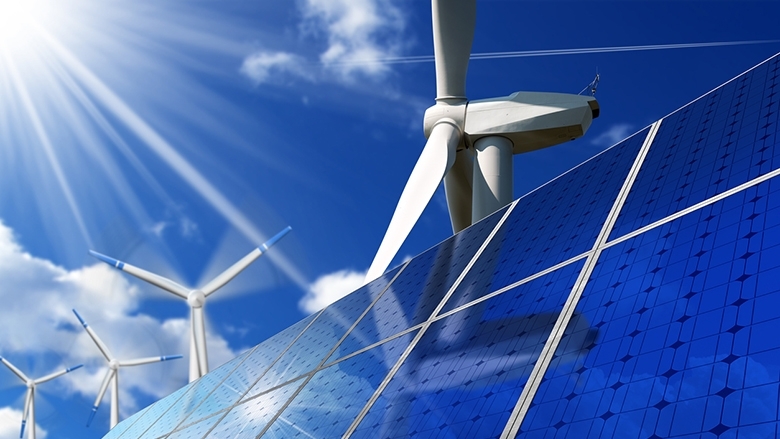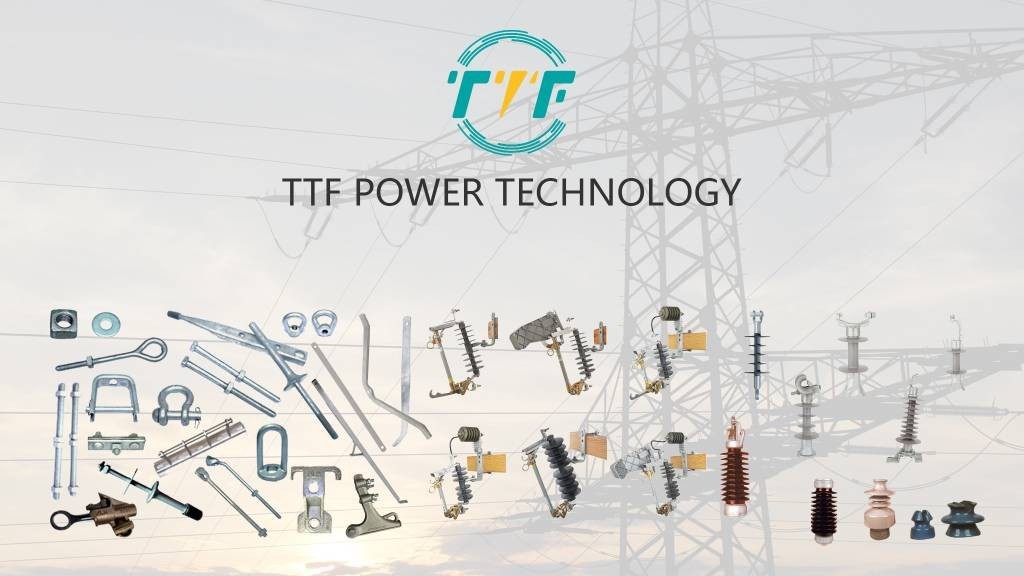
Argentina has one of the highest wind and solar potentials around the world, yet renewable energy contributes to around 15% of total electricity generation. This is mainly due to the intermittent nature of wind and solar energy. There is also increased competition from fossil fuels like natural gas, oil, and coal, which account for 65% of the energy mix. Argentina has set a target of 20% renewables by 2025 under the RenovAr program. The availability of favorable government policies, investments, and natural resources could help increase renewable energy production in the country. The shift toward cleaner energy sources enhances energy security, reduces reliance on fossil fuels, and contributes to economic growth. Renewable energy supports grid stability through energy storage development. Using guy wires helps in renewable energy integration into the main grid for reliability and stability.
High-performing guy wires stabilize the transmission infrastructure needed to integrate Argentina’s growing wind and solar power into the national grid. They are crucial for transmission resilience, cost-effective wind installations, and rural electrification. Guy wires reinforce transmission towers to prevent collapse under heavy winds, ice, and seismic activity for reliability. They are also crucial in preventing transmission tower failures that could disrupt power flow during low renewable energy production. Guy wires play a crucial role in expanding infrastructure like high-voltage lines in Argentina’s renewable capacity expansion.
The role of guy wires in Argentina’s renewable energy expansion
Renewable energy sources like solar and wind energy need structural stability and efficiency. Guy wires are tensioned cables used to support tall structures, which makes them crucial in the development of wind farms and energy transmission infrastructure. The use of guy wires also supports transmission towers and reduces infrastructure costs. These components face challenges such as land usage, need for maintenance, and environmental impact. Discussed below are the roles of guy wires in expanding renewable energy capacity in Argentina.

- Stabilizing wind turbines—guy wires prevent excessive movement and maintain structural integrity in areas facing strong winds. High wind speeds in Argentina pose structural risks to wind turbines, which makes guy wires essential.
- Supporting transmission towers—renewable energy generated from these sources is transported to urban centers. Guy wires support transmission networks like high-voltage lines to withstand high tension. They help expand Argentina’s national grid, which allows for greater renewable energy integration.
- Reducing material costs—guyed structures need fewer materials, which makes them more affordable. Guy wires are lighter, which makes transportation and installation easier in remote locations.
- Enabling taller structures—wind energy efficiency increases with taller turbines. Guy wires enable the construction of tall towers for optimizing energy production. This helps improve capacity factors, which makes wind energy more competitive than other sources.
Renewable energy integration into Argentina’s main grid
Successful integration into the national grid is crucial for maximizing the benefits of wind, solar, and other clean energy sources. This is crucial as Argentina transitions toward renewable energy. The integration ensures a stable, efficient, and well-connected grid for energy security, economic growth, and sustainability. Argentina can leverage its renewable potential by upgrading infrastructure, implementing smart technologies, and ensuring regulatory stability. Discussed below is the importance of renewable energy integration into Argentina’s main grid.

- Enhancing energy security—integrating wind and solar power into the national grid reduces reliance on fuel imports. A diverse energy mix improves grid stability and reduces exposure to global fuel price fluctuations.
- Supporting Argentina’s renewable energy goals—strengthening grid connections allows remote renewable energy hubs to contribute more power to the system.
- Improving electricity reliability—the use of advanced grid technologies helps balance fluctuations in power supply. These include battery storage, smart grids, and demand-response systems. Enhanced integration ensures a consistent electricity flow to reduce the risk of blackouts and voltage instability.
- Expanding transmission infrastructure—grid expansion helps distribute renewable power more efficiently. Argentina needs high-voltage transmission lines to transport renewable energy from production sites to centers.
Challenges facing the expansion of renewable energy capacity
The shift toward renewable energy is crucial for sustainability, energy security, and economic growth. However, the expansion faces various challenges that may hinder the smooth transition from fossil fuels. These challenges include intermittency issues, high initial investment costs, grid infrastructure limitations, energy storage, and policy uncertainty. Argentina can overcome these challenges through technological innovation, financial investments, and strong policies.